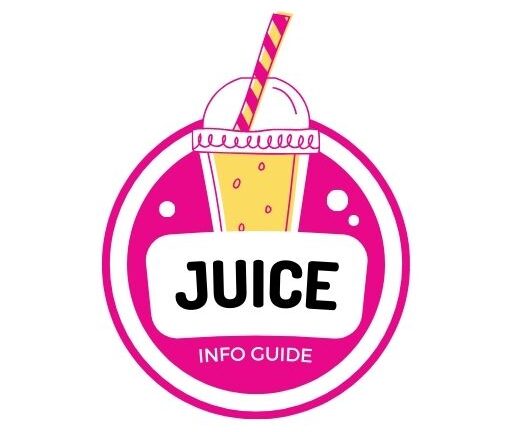Orange juice is a beloved beverage, not just for its refreshing taste but also for its rich vitamin C content. This essential nutrient boosts immunity, supports skin health, and acts as a powerful antioxidant. But have you ever wondered how to test the vitamin C levels in your favorite orange juice? Whether you’re curious about fresh-squeezed juice or store-bought varieties, this guide will walk you through simple and effective methods to measure vitamin C content.
Why Test for Vitamin C?
Vitamin C, also known as ascorbic acid, is sensitive to factors like light, oxygen, and heat. These elements can degrade its concentration over time. Testing the vitamin C in orange juice helps you:
– Compare the nutritional value of different juice types (fresh-squeezed vs. processed).
– Understand how storage and processing affect nutrient levels.
– Ensure you’re getting the most out of your daily glass of orange juice.
What You’ll Need
To test the vitamin C content in orange juice, you’ll need some basic materials and tools. Here’s what to gather:
– Orange Juice Samples: Fresh-squeezed, premium not-from-concentrate, or frozen concentrate.
– Iodine Solution: Used as a titrant to react with vitamin C.
– Starch Indicator: A solution that changes color when vitamin C is depleted.
– Pipette or Dropper: For precise measurement of iodine drops.
– Beaker or Glass: To hold your juice samples.
– Notebook: To record results.
Step-by-Step Testing Process
1. Prepare the Starch Indicator
Mix a small amount of starch powder with water to create a starch solution. This will act as an indicator during the test by changing color once all the vitamin C in the juice has reacted.
2. Set Up Your Juice Samples
Pour equal amounts of each orange juice sample into separate beakers or glasses. Label them clearly to avoid confusion during testing.
3. Add Starch Solution
Add a few drops of starch solution to each orange juice sample. Stir gently to ensure it mixes evenly.
4. Titrate with Iodine
Using a pipette or dropper, add iodine solution drop by drop into one of the samples while stirring continuously. The iodine reacts with the vitamin C in the juice until all the vitamin C is oxidized.
5. Observe Color Change
As soon as all the vitamin C is used up, the iodine will react with the starch instead, causing a noticeable color change (e.g., blue-black). Record the number of iodine drops it took to reach this point.
6. Repeat for Other Samples
Repeat steps 4 and 5 for each orange juice sample. Keep track of how many iodine drops are required for each one.
Interpreting Your Results
The number of iodine drops needed indicates how much vitamin C is present:
– More drops = Higher vitamin C content.
– Fewer drops = Lower vitamin C content.
For example:
– Freshly squeezed orange juice typically has the highest vitamin C concentration because it hasn’t undergone pasteurization or freezing processes.
– Store-bought juices (even labeled as “premium”) may have lower levels due to processing and storage conditions.
Tips for Accurate Testing
- Use freshly squeezed juices immediately after preparation; vitamin C degrades quickly when exposed to air and light.
- Store-bought juices should be tested right after opening for best results.
- Conduct multiple trials for each sample to ensure consistency in your findings.
What Affects Vitamin C in Orange Juice?
Several factors influence how much vitamin C remains in orange juice:
– Processing Methods: Freshly squeezed juices retain more nutrients compared to pasteurized or frozen ones.
– Storage Conditions: Exposure to light and air reduces vitamin C content over time.
– Orange Variety: Different types of oranges (e.g., Valencia vs. Navel) naturally contain varying levels of vitamin C.
Testing for vitamin C in orange juice is not only educational but also fun! Whether you’re comparing homemade juices or evaluating store-bought options, this simple experiment reveals which choice packs the most nutritional punch. So grab your supplies and start exploring—you might be surprised by what you discover!
